Asian pears, also known as nashi pears, apple pears, sand pears, or Pyrus pyrifolia in the botanical world, are a true treat. With their crunchy texture and sweet, floral flavor, they are a delight to the palate. But what do you do when you can’t find any in your local supermarket or you want to experiment with a new flavor?
Whether it’s for reasons of availability, dietary restrictions, or simply a desire to try something different, finding a worthy substitute for Asian pears is entirely possible. This guide is your one-stop resource for navigating the world of Asian pear alternatives.
👅 Flavor Profile
Asian pears are cherished for their juiciness, crisp texture, and subtly sweet flavor with hints of melon and apple. Unlike their Western counterparts, they maintain their firm texture even after being cooked.
The flavor profile is delicate, and the texture is more reminiscent of apples than traditional pears.
🔄 7 Best Asian Pear Substitutes & Alternatives

Bosc Pears
The Bosc pear is a robust substitute for the Asian pear in both flavor and texture. These pears hold their form when cooked, making them suitable for recipes that call for baking or poaching. Replace at a 1:1 ratio; the substitution should not significantly affect the cooking time.
Ratio: 1:1
Bosc Pears work well in recipes that require the fruit to be cooked. Their robust nature allows them to retain their shape and texture even when heated.
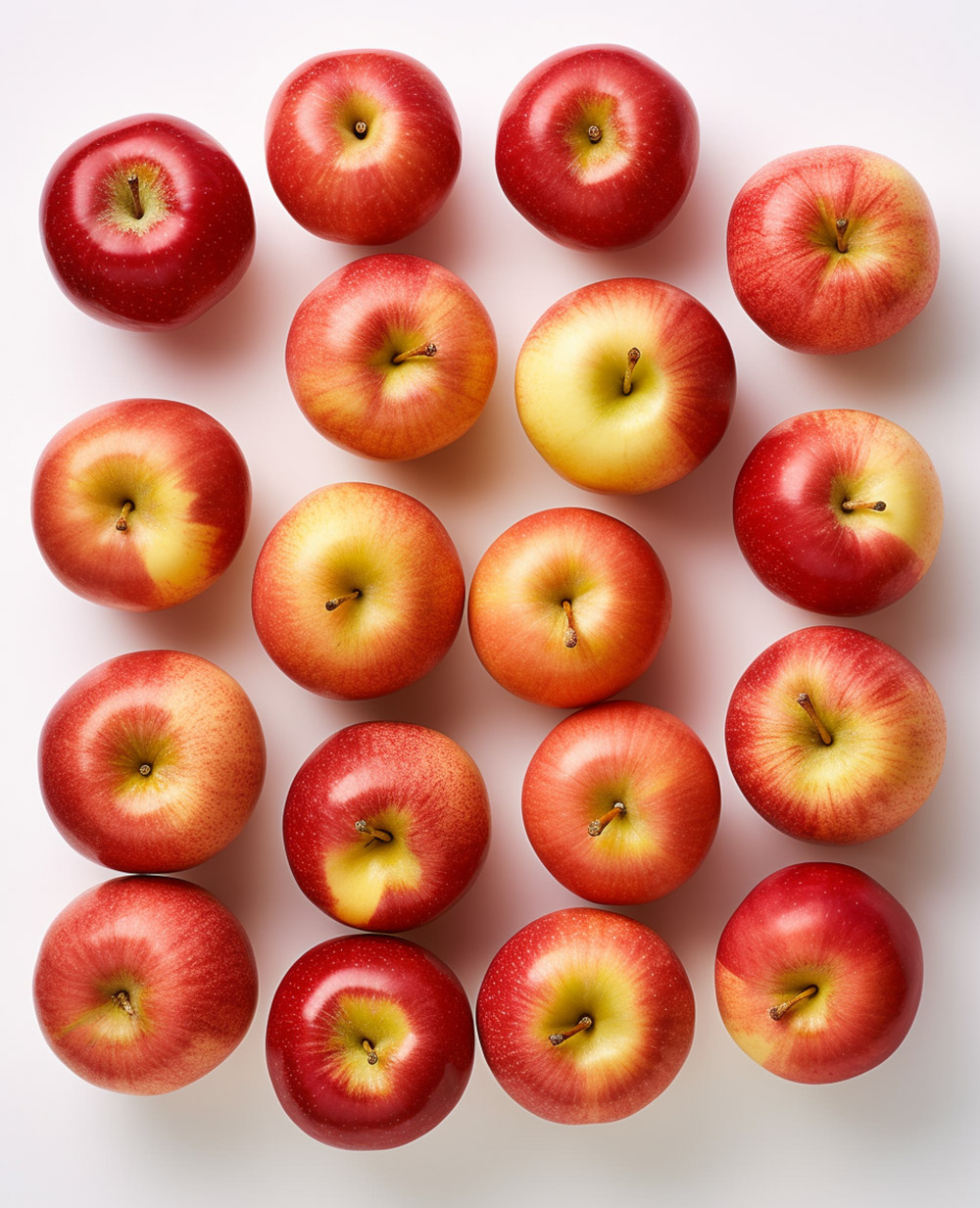
Honeycrisp Apples
The Honeycrisp apple’s sweetness and firm texture make it a worthy substitute for Asian pears in salads or desserts. Replace at a 1:1 ratio. This substitute will add a slightly different flavor – a bit tangier and sharper than the Asian pear.
Ratio: 1:1
Due to their firm texture and sweetness, Honeycrisp Apples can seamlessly fit into recipes meant for raw consumption like salads and desserts.
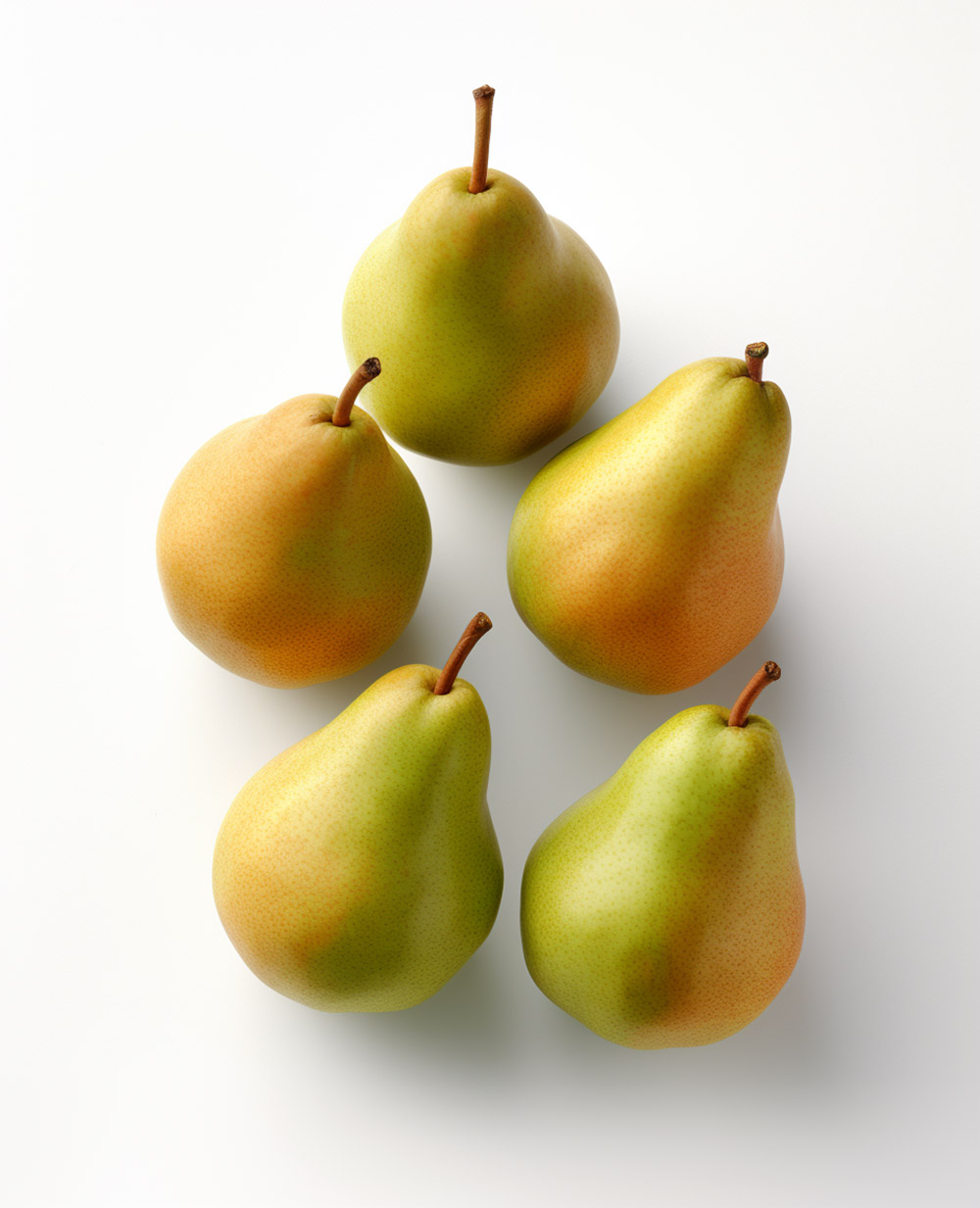
Anjou Pears
Anjou pears offer a similar texture to Asian pears and have a subtly sweet flavor. They hold up reasonably well in cooking applications, so you can use them at a 1:1 ratio in recipes.
Ratio: 1:1
Anjou Pears have a subtle sweetness and texture similar to Asian pears. They hold up well in cooking applications.
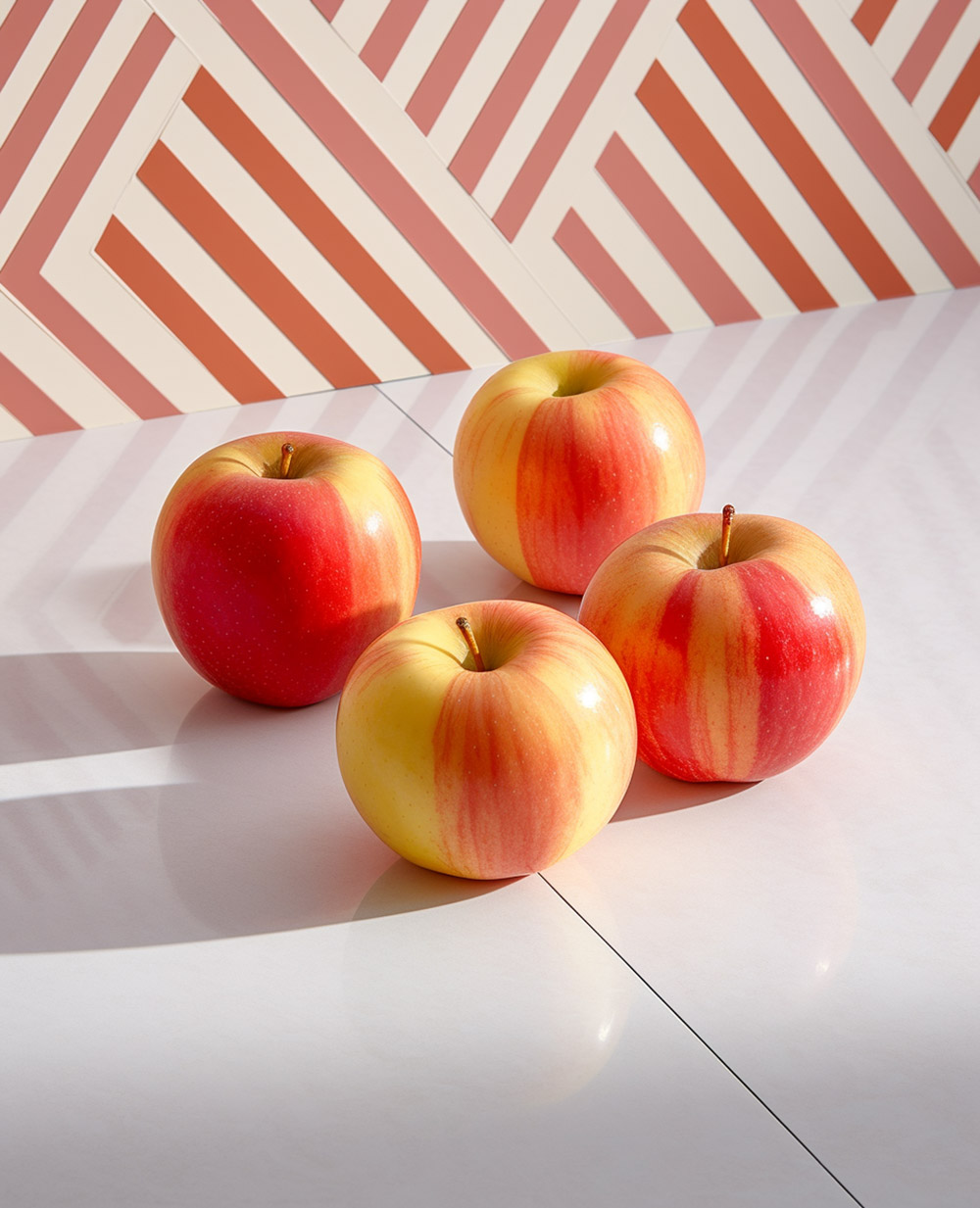
Gala Apples
Gala apples offer a crisp texture and a sweet flavor profile, reminiscent of the Asian pear. Substitute at a 1:1 ratio. Keep in mind that the flavor will be somewhat different – more tart and aromatic.
Ratio: 1:1
With their sweet flavor profile and crisp texture, Gala Apples make a good substitute in recipes that call for raw Asian pears.
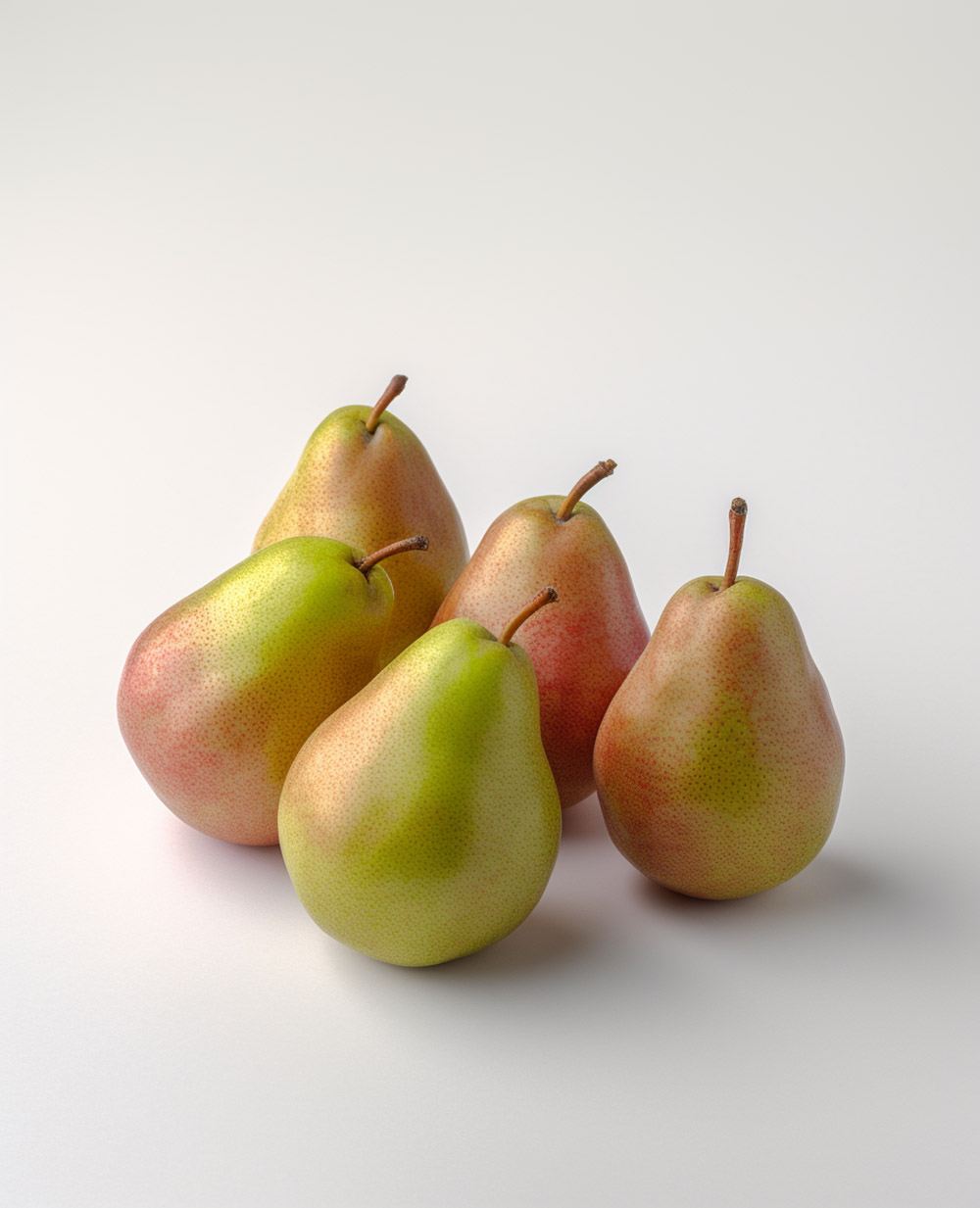
Bartlett Pears
Bartlett pears, when slightly underripe, can mimic the crunchiness and sweet flavor of Asian pears. They don’t hold up as well when cooked, though, so they’re better suited as a raw substitute. Use them at a 1:1 ratio.
Ratio: 1:1
Bartlett pears work best as a raw substitute for Asian pears. Use slightly underripe Bartlett pears to mimic the crunchiness and sweet flavor of Asian pears.

Fuji Apples
Fuji apples have a sweet, mild flavor and a crisp texture that makes them a great raw substitute for Asian pears in salads or slaws. Replace at a 1:1 ratio. Note that the flavor will be a bit more pronounced and tart than the Asian pear.
Ratio: 1:1
Fuji Apples, with their sweet and mild flavor, are an excellent substitute for raw Asian pears in salads or slaws.
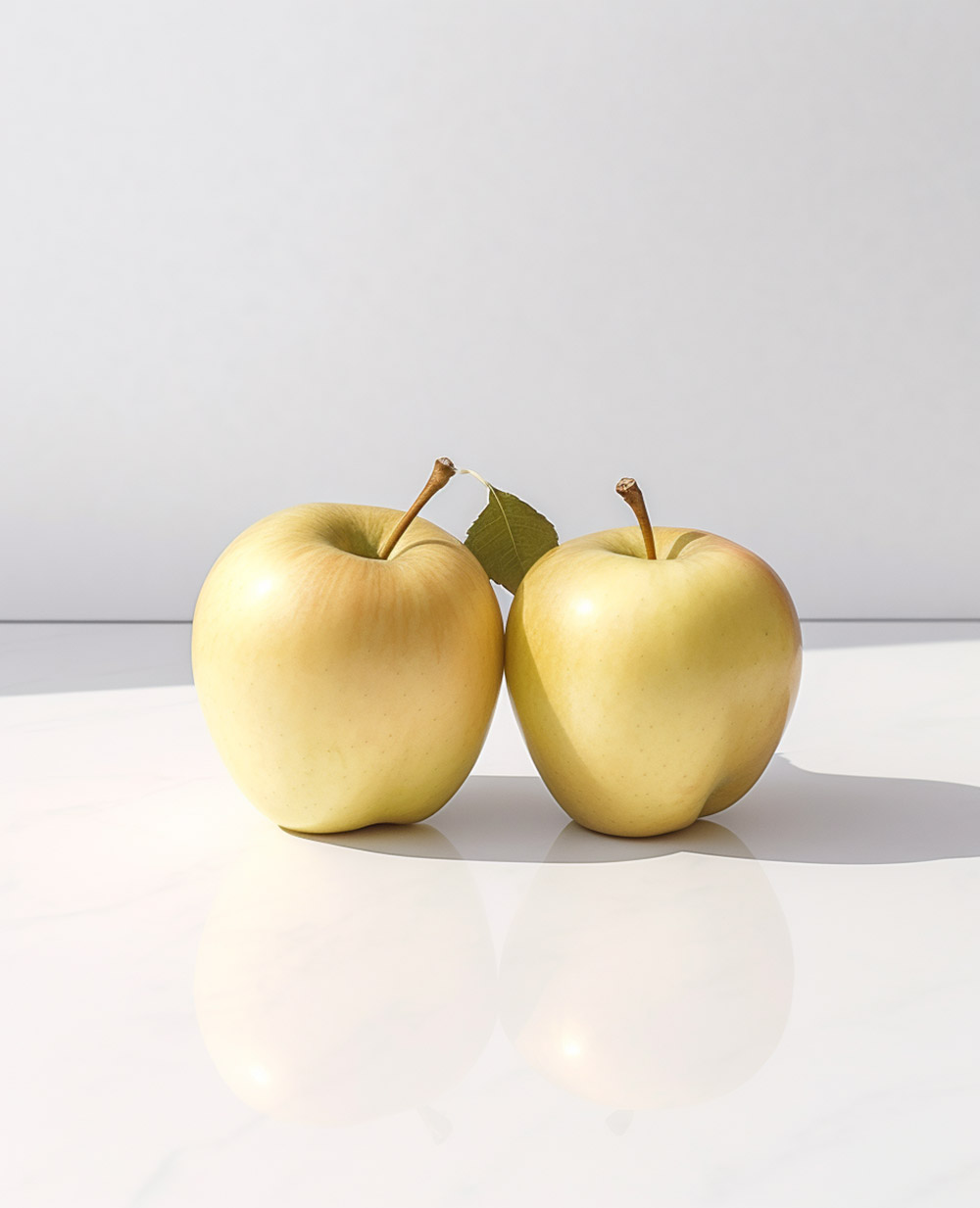
Golden Delicious Apples
Golden Delicious apples provide a similar texture to Asian pears, with a slightly sweeter flavor. Use them at a 1:1 ratio in recipes where the fruit’s flavor can shine.
Ratio: 1:1
Golden Delicious Apples, with a texture similar to Asian pears and a slightly sweeter flavor, can shine in any recipe where the fruit’s flavor is a highlight.
⤵ Other substitutes
Water Chestnuts
While not a fruit, water chestnuts mimic the Asian pear’s crunchy texture, particularly in stir-fries or salads. They have a mild flavor that won’t overshadow other ingredients. Substitute at a 1:1 ratio, but remember that they won’t provide the sweetness of the Asian pear.
Water chestnuts, with their crisp texture, can mimic the crunch of Asian pears in stir-fries or salads.
Jicama
Jicama’s crisp texture can replace Asian pear’s crunchiness in salads or slaws, but its flavor is more starchy and less sweet. Substitute at a 1:1 ratio for texture, but consider adding a little extra sweetener to replicate the Asian pear’s sweetness.
Jicama’s crisp texture can replace the crunchiness of Asian pears in salads or slaws.
Celery Root
In a pinch, celery root can mimic the Asian pear’s crunch in cooked dishes. It lacks the sweetness of Asian pears, though, so consider this when substituting.
In cooked dishes, celery root can mimic the crunch of Asian pears.
Raw Zucchini
In salads or slaws, raw zucchini can provide a similar crunch to the Asian pear, though it lacks the sweetness. Substitute at a 1:1 ratio.
In salads or slaws, raw zucchini can provide a similar crunch to the Asian pear.
Raw Radish
Similarly, raw radish provides a nice crunch and a bit of a peppery kick, making it an interesting substitute if you’re looking for something different.
Nutritional Comparison
| Fruit | Calories (kcal) | Carbs (g) | Sugars (g) | Fiber (g) | Protein (g) |
|---|---|---|---|---|---|
| Asian Pear | 42 | 11 | 8 | 4 | 0.5 |
| Honeycrisp Apple | 52 | 14 | 11 | 2 | 0.3 |
| Anjou Pear | 57 | 15 | 9 | 3 | 0.4 |
| Gala Apple | 52 | 14 | 11 | 2 | 0.3 |
| Bartlett Pear | 58 | 15 | 10 | 3 | 0.4 |
| Fuji Apple | 52 | 14 | 11 | 2 | 0.3 |
| Golden Delicious Apple | 52 | 14 | 11 | 2 | 0.3 |
| Water Chestnuts | 97 | 24 | 5 | 3 | 1.4 |
| Jicama | 38 | 9 | 1.8 | 4.9 | 0.7 |
| Celery Root | 42 | 10 | 1.6 | 1.8 | 1.5 |
| Raw Zucchini | 17 | 3.1 | 2.5 | 1 | 1.2 |
| Raw Radish | 16 | 3.4 | 1.9 | 1.6 | 0.7 |
💡 Tips and Guidance
Remember, the key to successful substitution is experimentation. Feel free to try different alternatives and see what works best in your specific recipe. Here are a few additional tips:
- If your recipe calls for cooking the Asian pear, opt for a substitute that can withstand the heat, like Bosc pears or certain apple varieties.
- If your substitute is less sweet than Asian pears, consider adding a bit of extra sugar or a sweetener to balance the flavors.
- Keep in mind that the texture might be slightly different depending on your choice of substitute.
Happy cooking and enjoy the journey of discovering new flavor combinations!
